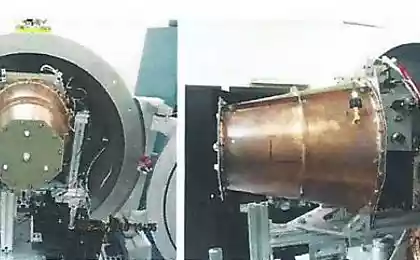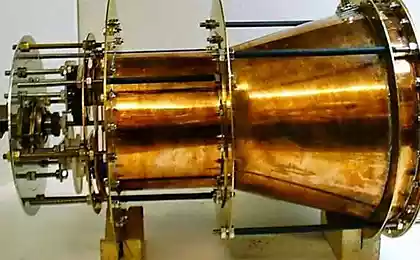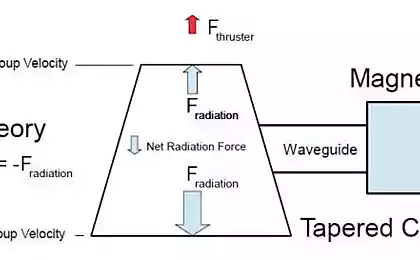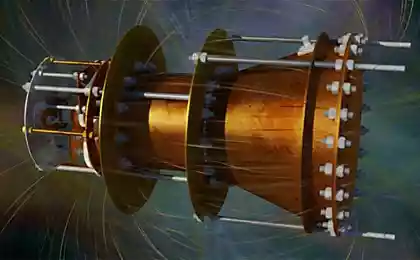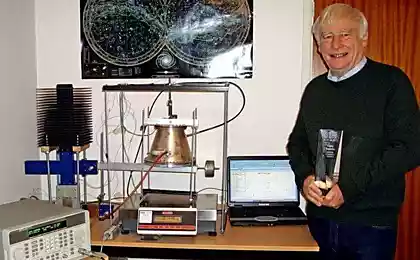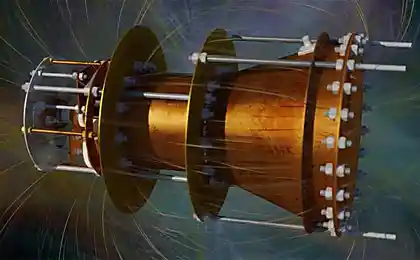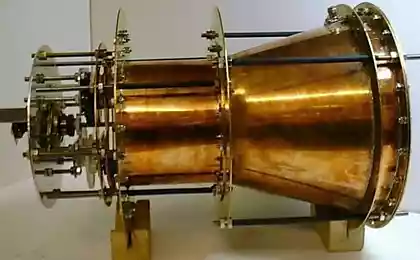791
NASA against EmDrive, second round: and yet it works

Fascinating in its strangeness situation "impossible" engine EmDrive on electromagnetic waves was developed after the next test, NASA again has brought positive results. Инженеры Agencies claim , that have been working on the bugs and eliminated all the defects that could affect the result in the last time. However, working in a strange principle engine continues to produce thrust.
The forum NASA engineer Paul March [Paul March] October 31 told of the progress to date . The engineers, in particular, installed in the test chamber an additional electromagnetic insulation, at least on the order to reduce the influence of stray magnetic fields, and thus eliminate the possibility of the motor силы Lorenz . It has also been improved grounding torsion pendulum, and conducted other activities to improve the test setup.
However, if the transmitter power of 80 watts in the installation is still present thrust of about 100 mN - in the words of March, there are "abnormal signs of traction." Engineers are new tests and new improved - in particular, to compensate for thermal expansion, which under vacuum is strong enough to affect a pilot plant.
Isaac Newton Isaakovich expresses his dissatisfaction with the fact that is reflected inside the conical metal chamber electromagnetic waves create cravings without any reactive components. But if, in the end, the performance of the engine will be conclusively confirmed, it will be possible to make space ships on a "solar panel + battery + + um magnetron Camera" or replace the solar energy nuclear. If you have a power source such a motor can operate indefinitely, constantly giving the machine acceleration.
Invented EmDrive British engineer Roger Scheuer. In 2001, he founded the Satellite Propulsion Research Ltd specifically for the development of the electromagnetic engine of his own design. In 2003, their work became known to the public, and the first third-party confirmation came in 2008 from our Chinese comrades a >. However, if they still nobody believed.
Enthusiasts from all over the world built their own versions of the engine and confirmed the presence of traction, but the real popularity came to him only after last year the respected agency NASA engineers confirmed these findings in their tests. Their findings indicated , the engine produces a thrust that "it is impossible to link the classical effects of electromagnetic phenomena" - in other words, of unknown origin. This summer, the German physicists also independently confirmed performance EmDrive.
Source: geektimes.ru/post/265230/
Virgin Galactic SpaceShipTwo will show a new version in February 2016
Wine, milk and 2 product. The worst thing you can feed your skin!
